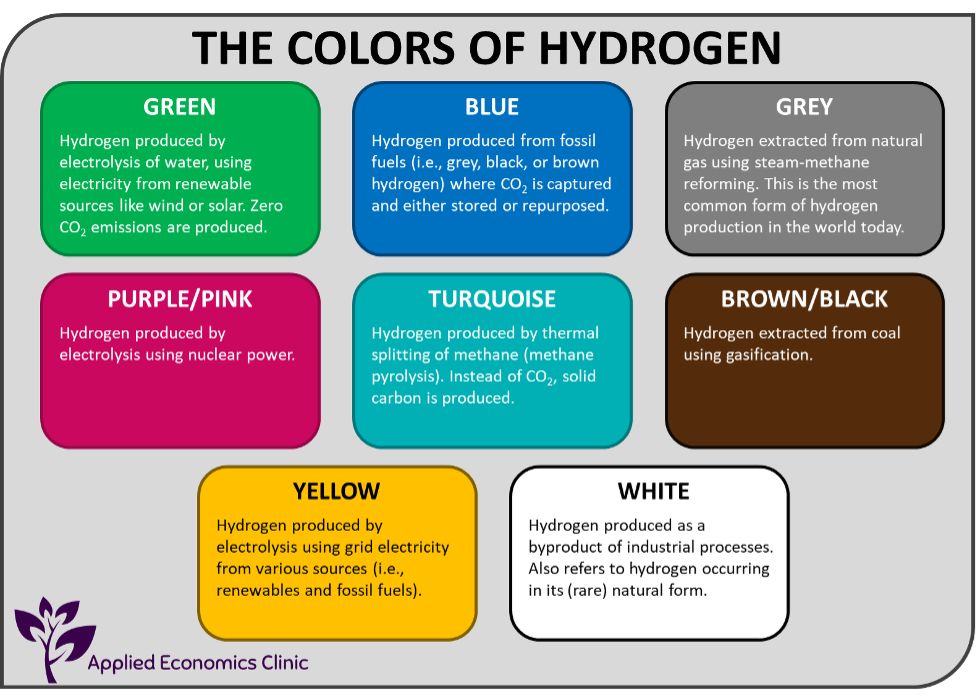Congress is currently debating the fate of President Biden’s twin infrastructure packages. One proposal—the fate of which remains to be determined—is the $300 billion in so-called “Clean Energy Tax Credits” over ten years. That provision alone would be the one of the largest single green appropriations in U.S. history. However, it is not nearly enough to meet the challenge of decarbonization. A relatively conservative estimate by University of Massachusetts-Amherst economist Robert Pollin suggests the United States would need to invest 2 percent of economic output per year in decarbonization efforts from both private and public sources between now and 2050 in order to limit temperature increases to 1.5° Celsius above pre-industrial levels. That is over $400 billion in 2021 alone. And that pace would have to continue every year regardless of who the President is or which party controls Congress.
Raising this money through congressional appropriation is not promising. In the 2010s, multiple government shutdowns occurred because a divided Congress could not pass budget bills. Climate policy in the United States is uniquely vulnerable to rapid swings between administrations that deny and recognize climate change. And a combination of harsh budget rules and an insistence that investment packages be paid dollar-for-dollar in tax increases or spending cuts disadvantages large increases in public spending. Finally, the Senate in particular can only pass a limited number of spending bills with a simple majority of 51 senators; all other legislation require a supermajority of 60 Senators to agree before a bill can move forward.
The situation is not, however, hopeless. The federal government has tools to ensure significant on decarbonization even if Congress does not act every year. In a previous post, I argued for green banks which could raise private funds with a small amount of public capital. Congress could also make green spending “mandatory,” which would automatically authorize the federal government to spend money on designated climate programs. This tool is successfully used for other critical programs like Social Security and Medicare and protects the spending Congress does authorize from future volatility in the budget process. Finally, the Federal Reserve could extend a permanent credit line to states, municipalities, and regional agencies that issue “green bonds.” The Federal Reserve would agree to purchase any bonds that private investors do not at prices that would ensure low interest rates to issuers. If the terms are not generous, local governments will not take up the offer, as we saw with the Fed’s Municipal Liquidity Facility during the pandemic. In addition, such a scheme would require a “green ratings” agency or process to protect against greenwashing.
If done strategically, these tools could ensure hundreds of billions—even trillions—of dollars are reliably spent on decarbonization each year. The United States could exceed its own green spending targets and invest in additional capacity to help other countries decarbonize faster. But to do that, policymakers and activists have to think strategically about green finance. Too many excellent climate programs rely too much on congressional appropriation—a process that gives fossil fuel interests an annual opportunity to scuttle progress, too easily results in vetoes of ambitious spending plans, or unnecessarily conditions them on tax increases. These proposals also fail to consider how rare it is for the Presidency and both houses of Congress to be controlled by the same party. When progress does become possible in Congress, it happens in sudden waves like the Obama-era Recovery Act or the Biden-era American Jobs Plan. Despite the size of these spending bills, their green provisions are too small relative to what is necessary to meet climate targets. Decarbonization is too important for that. Institutions that sustain high levels of green investment independently of Congress are the solution.



































